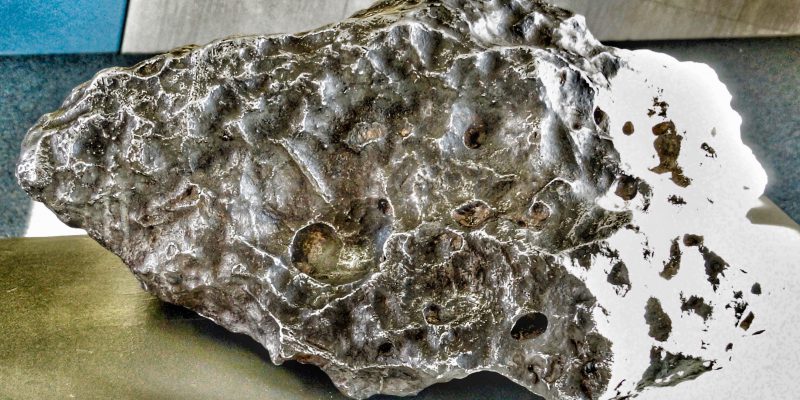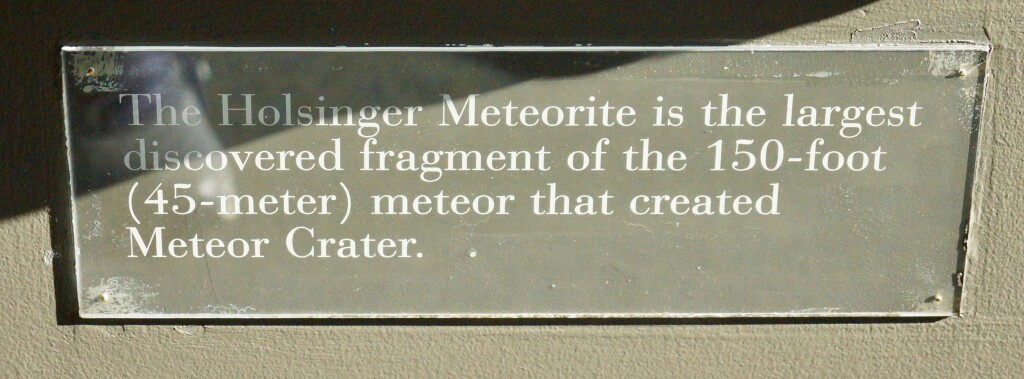The Holsinger Meteorite stands as a vivid symbol of the interconnectedness between Earth’s geological narrative and the cosmic events shaping our solar system. Unearthed in 1911 from Arizona’s renowned Meteor Crater, or Barringer Crater, this formidable 639-kilogram specimen highlights the extraterrestrial nature of one of the planet’s most intact impact craters. It is named in honor of Samuel Holsinger, a pioneer who championed the crater’s study. This became evident when mining engineer Daniel Moreau Barringer accentuated its geological importance.
The crater itself, forged roughly 50,000 years ago by a high-speed nickel-iron meteorite, measures an impressive 1.2 kilometers across and is essential to the study of impact events. Detailed examinations of the Holsinger Meteorite have unveiled a distinctive crystalline design known as the Widmanstätten pattern. This intricate structure of interwoven kamacite and taenite suggests a gradual cooling period in the vacuum of space, providing scientists with essential insights into the solar system’s formation, estimated at around 4.5 billion years ago. Through isotopic analysis, researchers have refined our understanding of both planetary timelines and impact mechanics, deepening our knowledge of how craters form.
Displayed prominently at the Meteor Crater Visitor Center, the Holsinger Meteorite captivates public fascination with planetary science. Simultaneously, ongoing scientific inquiry into this celestial artifact assists experts in forecasting future impacts and devising enhanced planetary defense methods. Thus, the Holsinger Meteorite not only serves as a captivating symbol of cosmic grandeur but also fortifies our grasp of the celestial forces perpetually shaping Earth’s past, present, and future.


